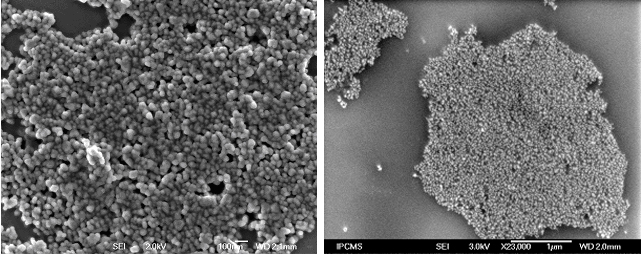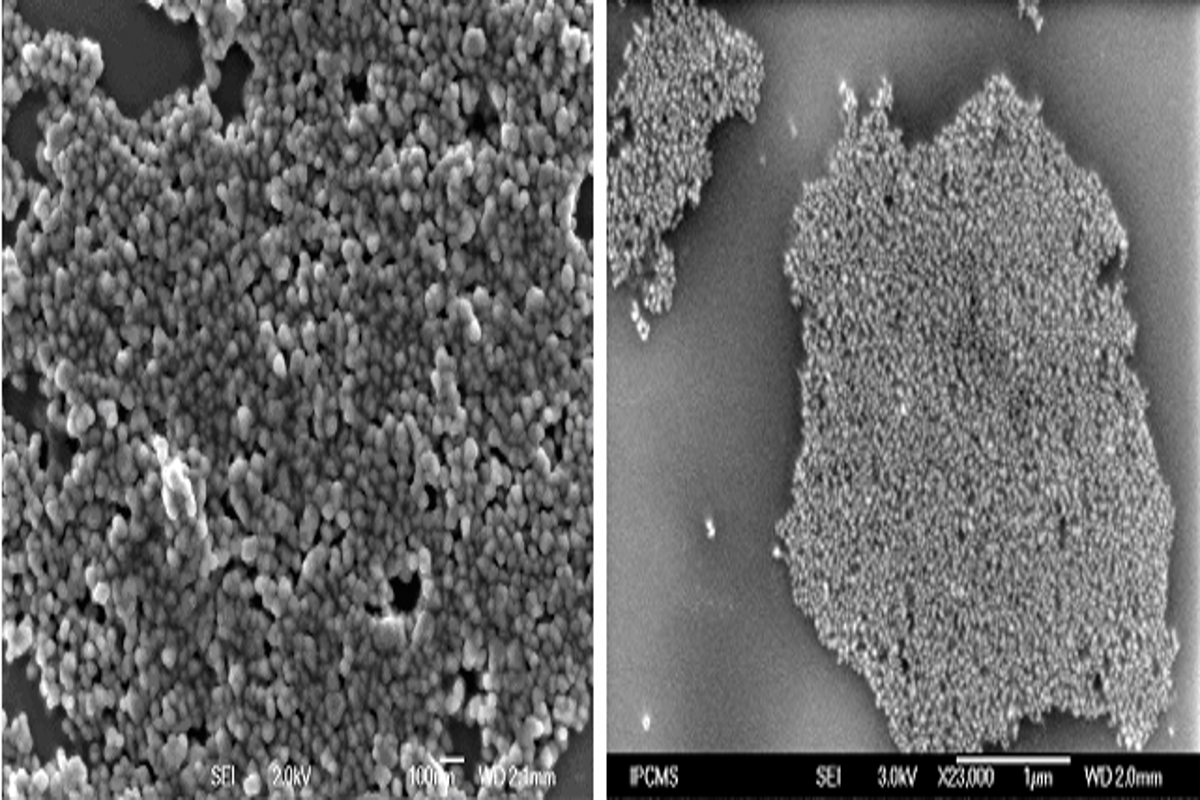Functional properties are limited by the mechanical properties and response of the material in question. These properties generally differ from those of bulk. Well known examples are biocompatible prosthesis or tribological coating where stresses can be very large due to differences in coefficients of expansion, e.g., in ceramic/metal interfaces and lattice parameter changes due to diffusing species. To coated ceramic on metal various physical (magnetron sputtering, pulsed laser deposition, as well as chemical techniques (sol–gel process, auto-catalytic route) are used in this research. In the processing of materials, notably for nanostructures for functional properties, processing induces strains resulting in accommodation by mechanical relaxation processes (elastic and plastic deformation, transformations…) which modify the properties. It is the object of this research to emphasize the importance of the microstructural changes resulting from some relaxation processes in functional thin films. The characterization of these materials and their mechanical properties are essential if their functional properties are to be understood and optimized. Examples are given here for tribological and biomimetic thin films as well as hybrids metal/polymer/metal systems. These selected examples represent typical problems in functional materials which have been studied in our research.


